Elkeater
45 Cal.
Your a brave man Jamie. :bow:

Or stupid?CO Elkeater said:Your a brave man Jamie. :bow:
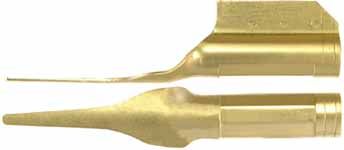
Mac1967 said:Jamieorr . . . BTW -- Why didn't Jim Chambers send you a rear entry thimble something like this for the PA Fowler ? That's what I am expecting to receive. . .maybe I am wrong, though.

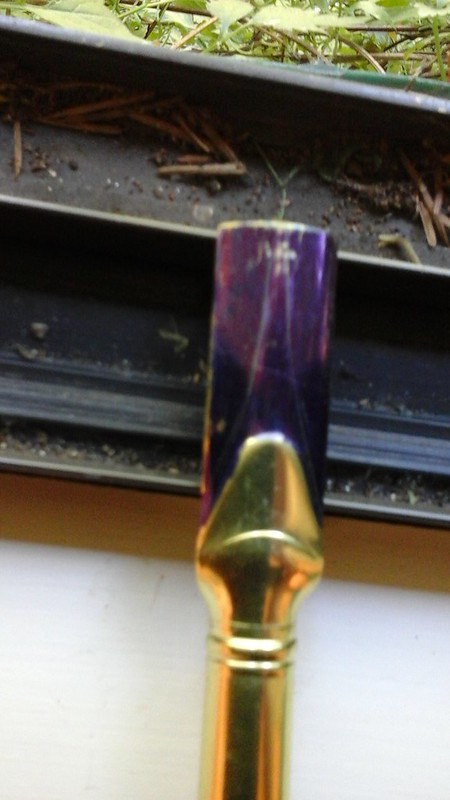

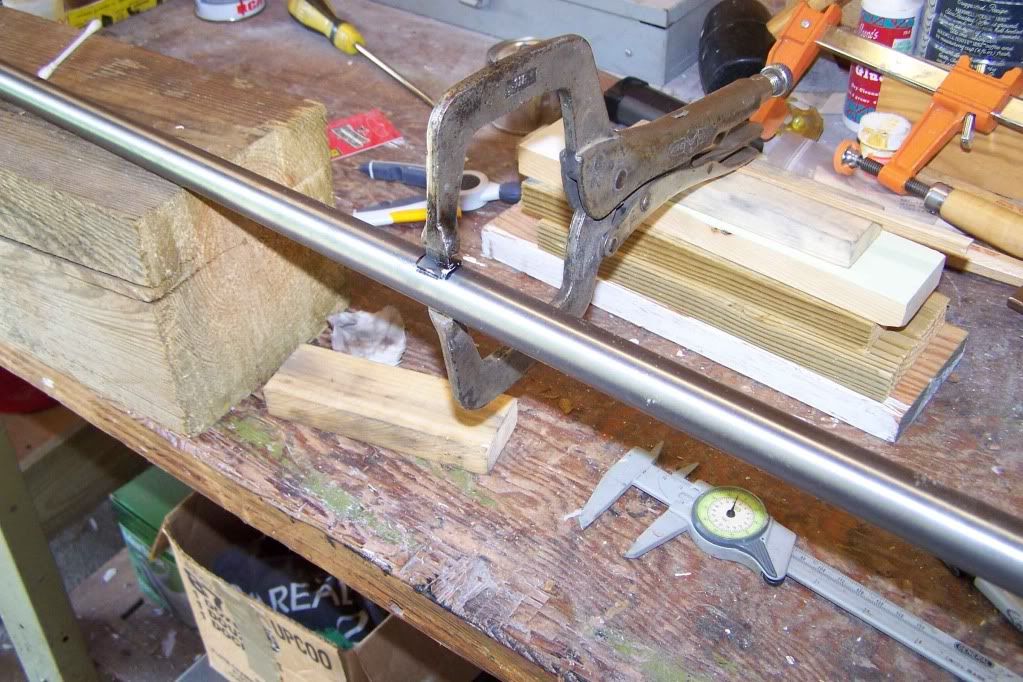

flehto said:
frogwalking said:That was a really good move. Despite the long barrel, the gun is light and handles very well. It patterns nicely even with no choke. Here is the one I made from their kit with the precarve in straight grain walnut. I had a difficult time making the forend thin enough. It may still not be as thin as Jim would like.
It is going to one of my grand sons later this month.

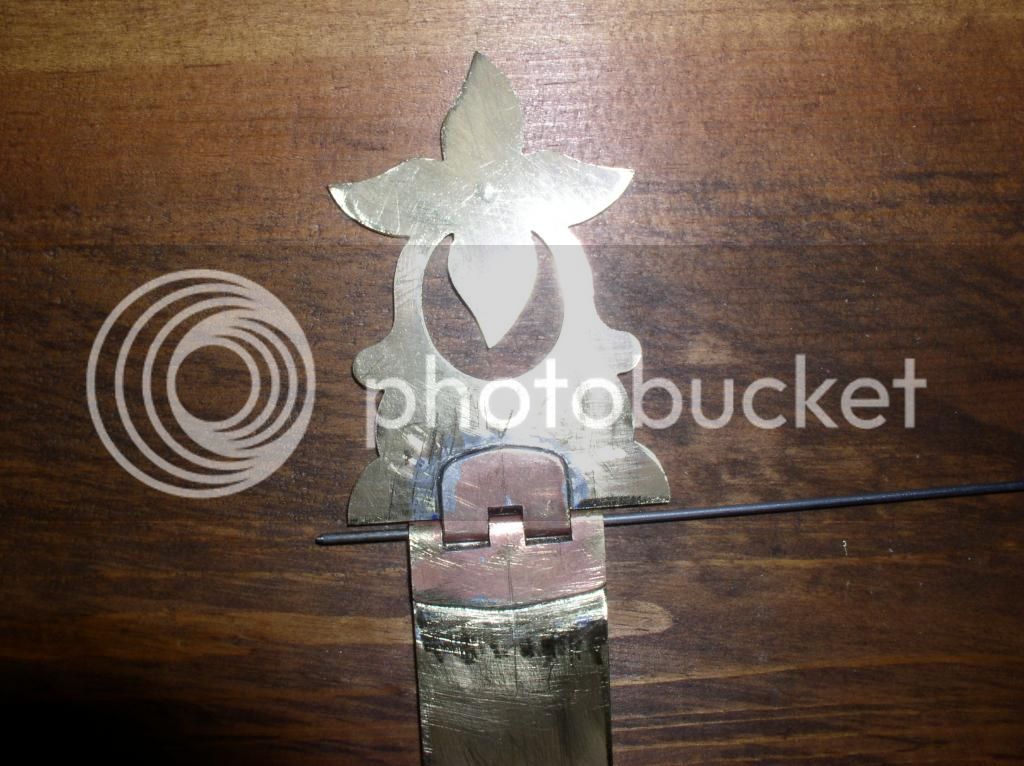
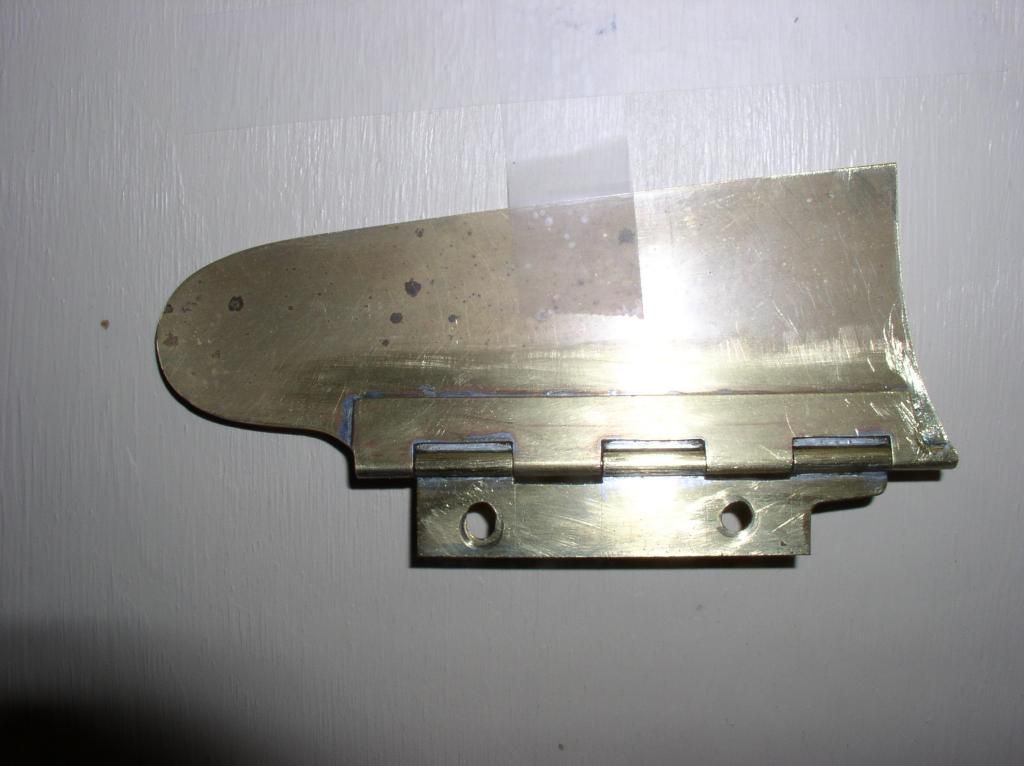
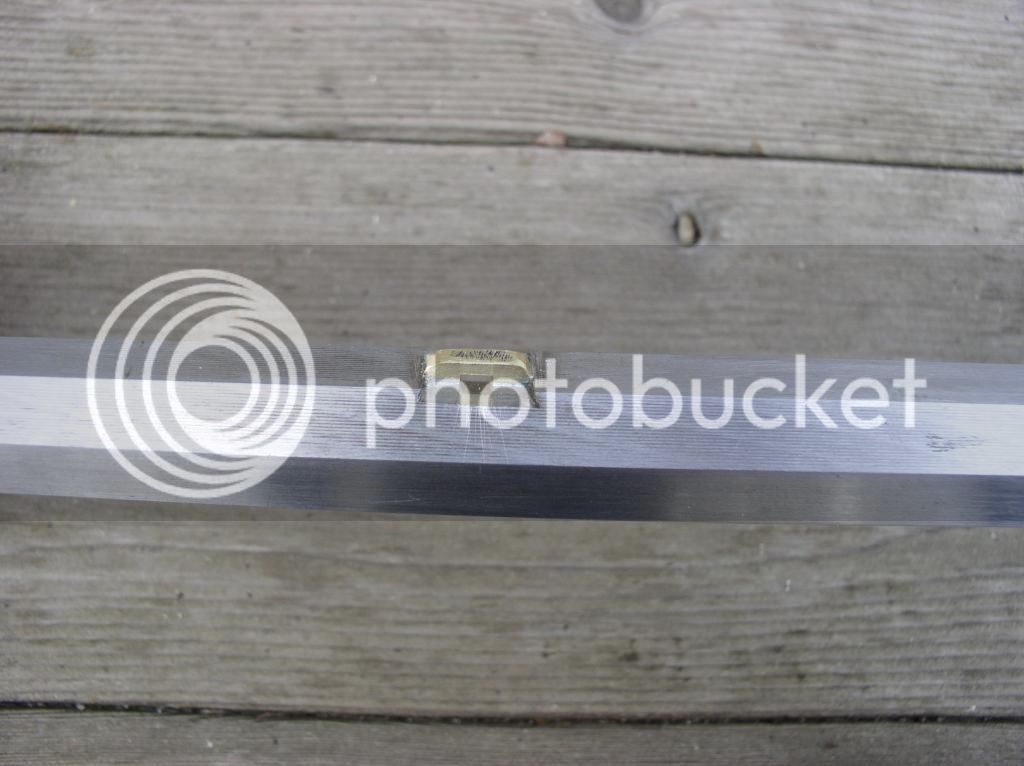
Flehto, Another follow-up, if I may. I have access to a forge through the Blacksmith Assoc., and would like to copy your clamp. Is that about 1/16 thick or a hair thicker?flehto said:
Enter your email address to join: